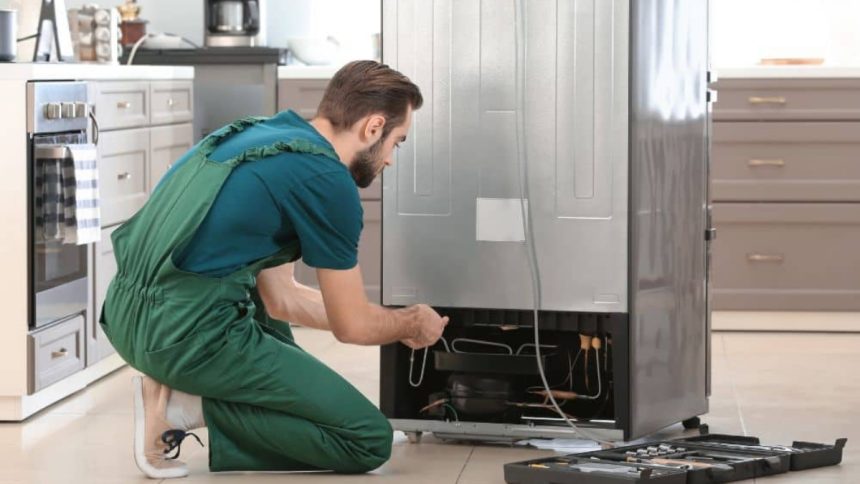Introduction
When our beloved appliances start showing signs of trouble, the path to restoration often includes the critical decision of selecting the correct replacement parts. The difference between a temporary fix and a durable solution frequently hinges on this choice, positioning genuine parts as a cornerstone for effective appliance repair. The pivotal choice emerges for those navigating this terrain: Should one opt for genuine parts directly sourced from the original equipment manufacturer or settle for aftermarket alternatives? A wise choice is to consider a Genuine Replacement Part, ensuring compatibility and quality that stands up to the scrutiny of the original manufacturer’s specifications.
Understanding Appliance Parts: Genuine Versus Aftermarket
Exploring the dichotomy between genuine and aftermarket parts is fundamental in the world of appliance repairs. Genuine parts, often called OEM (Original Equipment Manufacturer), are components designed, produced, or authorized by the brand that created the appliance. These parts are the siblings of those your appliances were born with, assuring quality and a promise of compatibility. While often more wallet-friendly upfront, aftermarket parts are substitutions created by third-party entities with varying degrees of allegiance to the original specifications. The danger lies not in the potential for immediate failure but rather in the insidious decline of appliance performance over time as these unofficial components falter outside the stringent vetting of manufacturer standards.
The Advantages of Authentic Repair Components
The fidelity of genuine parts isn’t just about the perfect fit or matching aesthetics; it’s about trusting that every hum, spin, and click of your appliance is orchestrated under the watchful eye of meticulously engineered components. The allegiance to performance is only one facet; we must also acknowledge the endurance genuine parts grant our appliances. Longevity is not a trait easily won by contrivances of inferior make. Furthermore, the peace of mind knowing that warranty protections remain intact is not to be understated. While aftermarket parts may jeopardize these warranties, genuine replacements carry the torch of trust from the brands that crafted your appliances.
Safety Concerns with Non-Genuine Components
The domain of appliance repair is one where safety should never be compromised. Genuine parts undergo arduous testing and approval processes to meet safety standards. Using non-genuine parts is a venture into unknown territory; these pieces may not adhere to strict safety regulations, possibly introducing hazards into your home. Furthermore, in the unfortunate event, the lack of approved parts may pose a legal issue since warranties and insurance plans may be invalidated, leaving owners liable for financial and legal consequences.
How to Identify Genuine Appliance Parts
Distinguishing genuine parts in a market swirling with lookalikes necessitates a discerning eye. Details such as precise part numbers, authentically marked manufacturer codes, and official packaging are the hallmarks of legitimacy. To avoid the risk of counterfeit parts, which are deceptively disguised as genuine, buyers should arm themselves with information and alertness. Validation is one aspect of vigilance; trust the signals of authenticity and contact your providers if you have any doubts.
The Economic Perspective: Upfront Cost Versus Long-Term Savings
Genuine parts, often perceived as the more expensive choice, boast a value story extending far beyond the initial purchase. Here lies the problem of upfront costs against the backdrop of potential savings. With their alluring price tags, non-genuine parts seem viable once the recurring costs of replacements emerge. These costs, coupled with the potential decrease in appliance efficiency and additional repair expenses, paint a vivid picture of genuine parts as the economically prudent choice over time.
Lynn Martelli is an editor at Readability. She received her MFA in Creative Writing from Antioch University and has worked as an editor for over 10 years. Lynn has edited a wide variety of books, including fiction, non-fiction, memoirs, and more. In her free time, Lynn enjoys reading, writing, and spending time with her family and friends.















